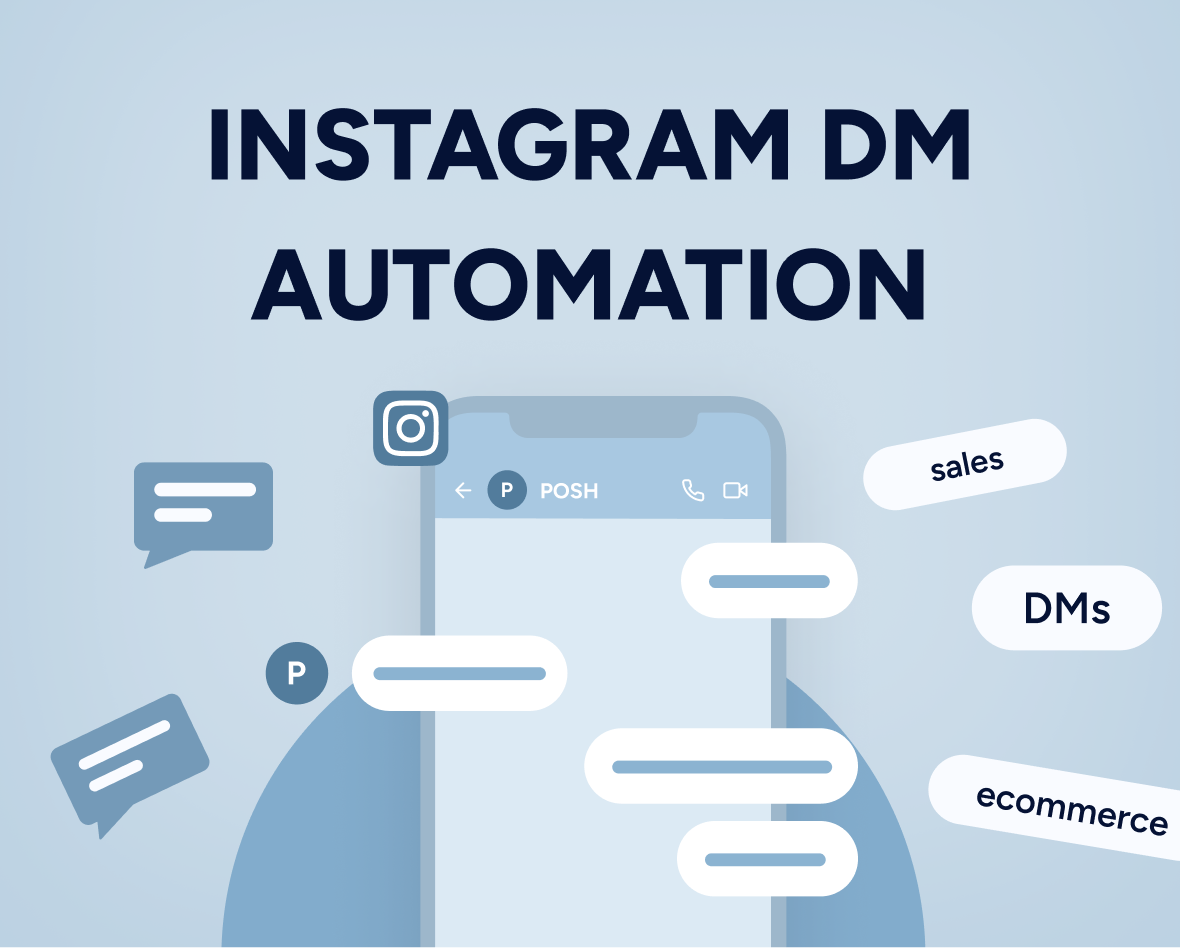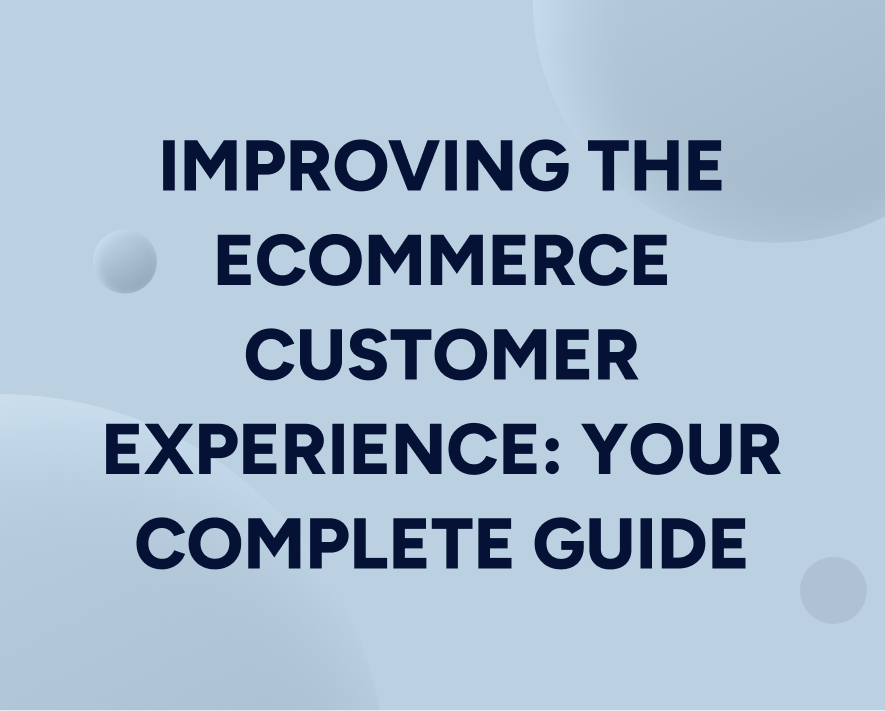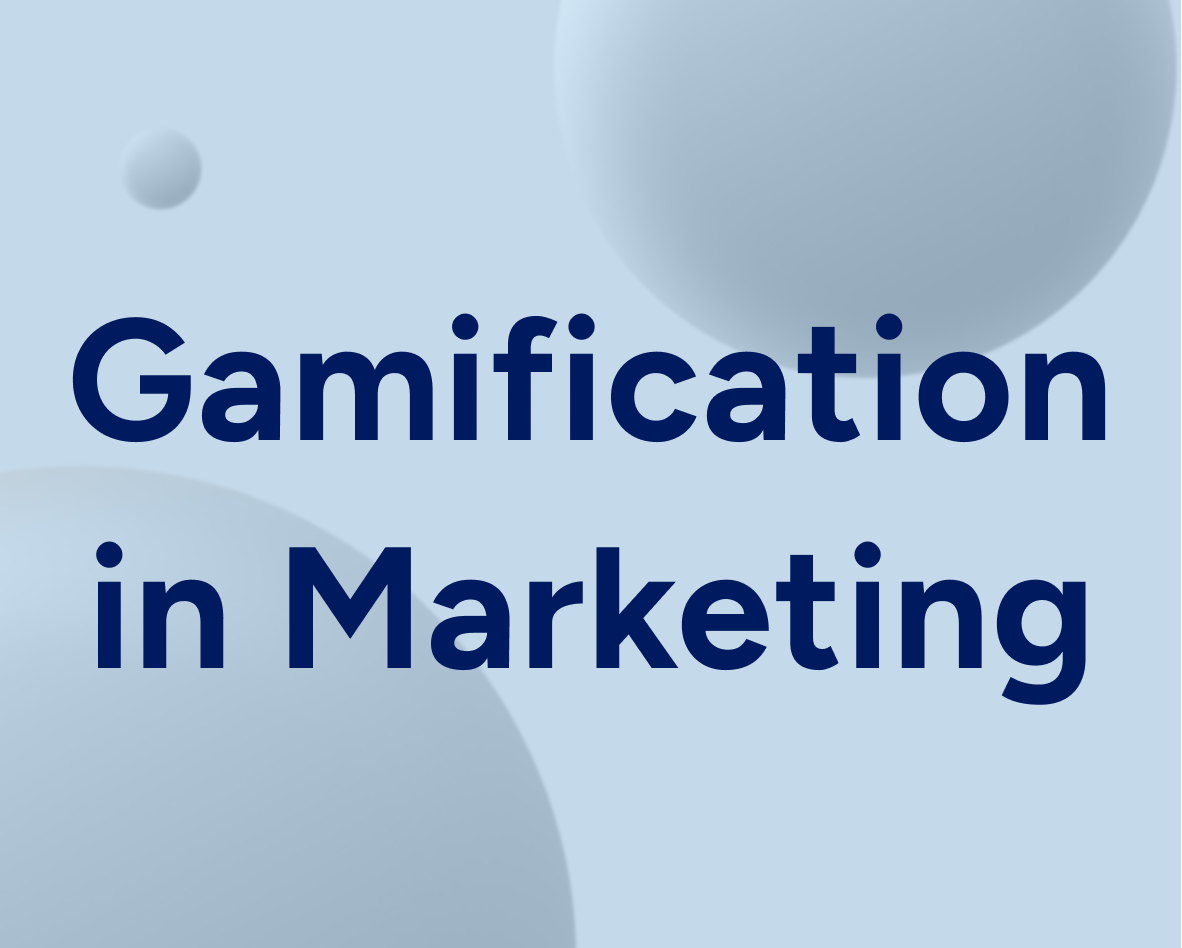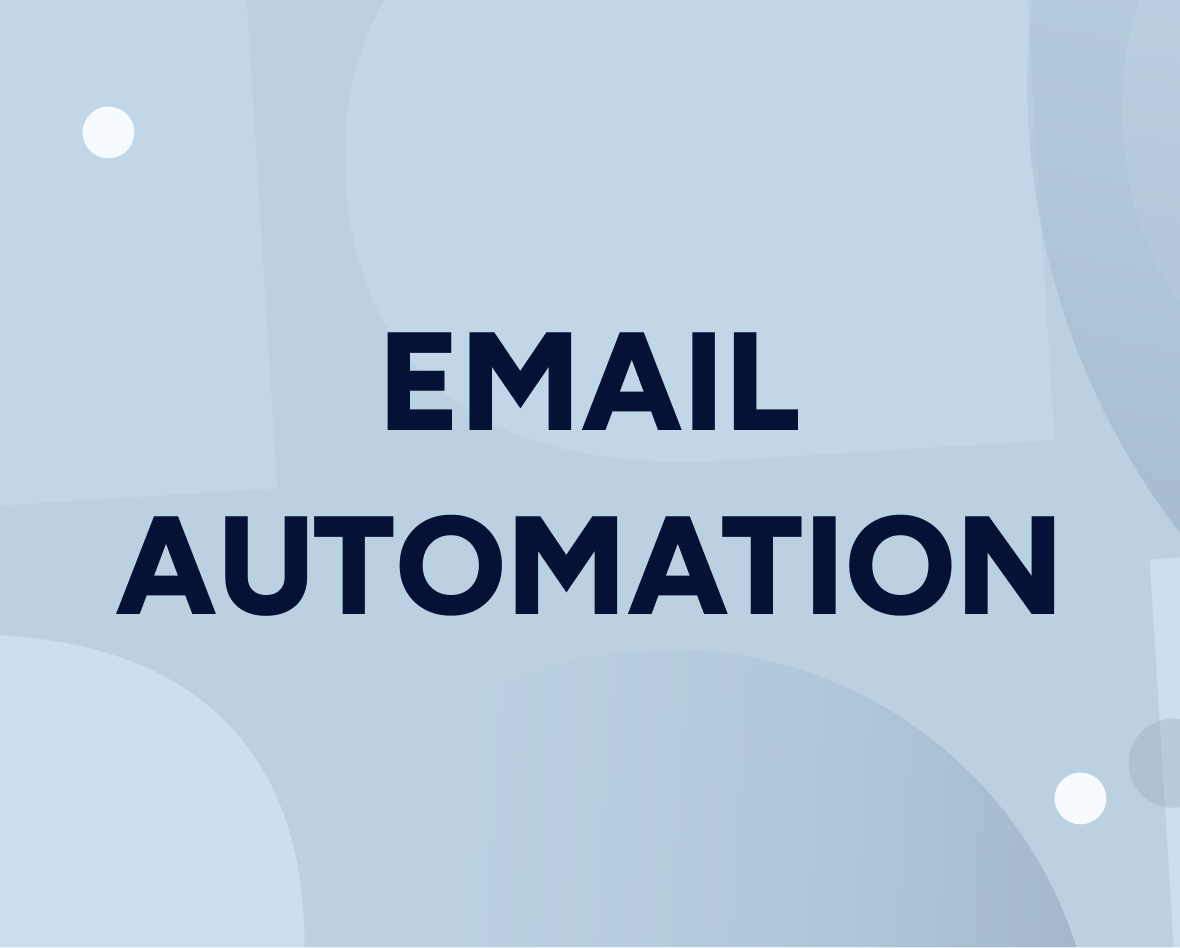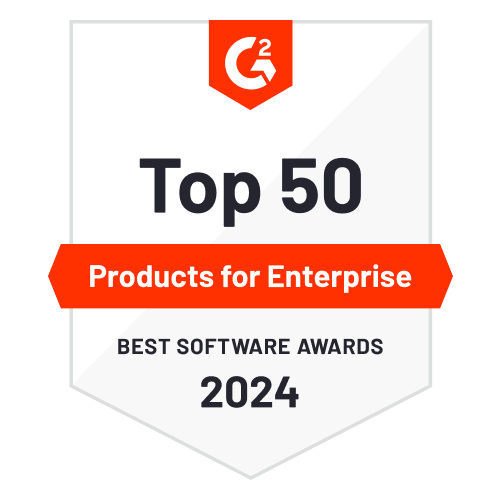Lifecycle Management Unlocked: Strategies to Drive Growth and Stay Competitive
Managing a product from inception through retirement is crucial to maintaining a competitive edge in a highly competitive marketplace. This process, known as customer lifecycle management, isn’t just about tracking a product’s lifespan—it’s a strategic approach that aligns product development with business operations to drive growth, reduce costs, and enhance customer satisfaction. Let’s delve into the critical aspects, benefits, and strategies of lifecycle management and explore how it can transform your business.
Updated on 13 Sep 2024
What is lifecycle management?
Lifecycle management is the strategic process of overseeing a product from its initial concept through to its retirement. It involves managing each phase of the product’s journey—concept, design, development, introduction, growth, maturity, and decline—to ensure that the product meets market demands and achieves business goals efficiently.
What is data lifecycle management?
Data Lifecycle Management (DLM) is the systematic approach to managing data throughout its entire lifecycle—from creation and storage to usage, archiving, and eventual disposal. The goal of DLM is to ensure that data is properly maintained, accessible, secure, and compliant with relevant regulations and organizational policies throughout its life.
What is customer lifecycle management?
Customer Lifecycle Management (CLM) is the process of managing and optimizing the interactions and relationship stages a customer experiences with a company over time to improve customer lifetime value. It involves understanding and addressing the needs, behaviors, and expectations of customers throughout their journey—from initial contact to post-purchase support. The goal of CLM is to enhance customer lifecycle marketing, customer satisfaction, increase loyalty, and maximize the value of each customer relationship.
The Importance of Product Lifecycle Management (PLM)
Product Lifecycle Management (PLM) is critical because it creates a connected, digital ecosystem that integrates information, processes, and people across various functions—development, marketing, service, and supply chain partners—into a unified, end-to-end product development strategy. This integration helps manage product data efficiently, streamlining workflows and enhancing collaboration across departments.
Key Reasons Why PLM Matters
- Cross-Functional Integration: PLM brings together disparate teams, ensuring everyone from designers to marketers operates with the same, up-to-date information. This unified approach fosters collaboration, reduces errors, and aligns all stakeholders toward common product goals.
- Centralized Digital Data Management: By digitizing and centralizing all product data, PLM eliminates redundancies and ensures that accurate, real-time information is accessible to all. This enhances agility and speeds up decision-making processes.
- Clear Goals and Aligned Contributions: PLM clarifies goals for each phase of product development, allowing stakeholders to focus their efforts where they are most needed. This targeted approach optimizes workflows and ensures all contributions align with overall product and business objectives.
- Enhanced Competitive Advantage: Through integrated processes, PLM helps create high-quality work products that are optimized for market needs and cost efficiency, giving the product a stronger competitive position.
- Customer and Supplier Integration: PLM incorporates customer and supplier feedback into the product development process, providing valuable insights that inform product enhancements and lifecycle management decisions.
- Informed Decision-Making and Risk Management: With comprehensive, real-time data at their fingertips, decision-makers can better assess risks, forecast challenges, and make strategic adjustments, reducing the likelihood of costly mistakes.
Understanding the Essentials of Lifecycle Management
Lifecycle management is the practice of overseeing a product from its initial concept, through development and market introduction, to its eventual decline and discontinuation. It encompasses various phases, each with its unique challenges and opportunities. Here’s a closer look at these phases:
Concept and Development
The journey begins with an idea. This phase involves market research, identifying customer needs, and developing a product that fills a gap or solves a problem. A thorough understanding of the market landscape, competitor analysis, and a clear value proposition is vital.
Introduction
Once the product is developed, it’s time to introduce it to the market. This phase focuses on building awareness, generating demand, and establishing the product’s positioning. It’s a critical period where marketing strategies are crucial to creating a buzz and attracting early adopters.
Growth
During the growth phase, the product gains traction, and sales increase. The focus shifts to scaling operations, enhancing product features based on customer feedback, and optimizing distribution channels. Effective lifecycle management ensures that the product’s growth is sustainable and aligns with business objectives.
Maturity
As the product reaches market saturation, growth slows. This phase is about maximizing profits, maintaining market share, and finding new ways to differentiate the product. Businesses often consider cost optimization, product updates, or line extensions to keep the product relevant.
Decline
Eventually, every product faces a decline in demand. The goal during this phase is to manage the decline strategically—whether through product discontinuation, rebranding, or pivoting to a new market. Smart lifecycle management involves making data-driven decisions to minimize losses and capitalize on residual value.
The Benefits of Product Lifecycle Management (PLM)
Implementing Product Lifecycle Management (PLM) offers several significant advantages for organizations looking to optimize their product development process.
By providing a centralized framework for managing every stage of a product’s lifecycle, PLM not only streamlines workflows and enhances collaboration but also reduces costs, accelerates time to market, and improves overall product quality.
Let’s explore the key benefits of adopting PLM and how it can drive success across your organization.
- Improved Collaboration: Managing a product from its initial concept to full-scale production requires a coordinated effort from multiple teams across the organization. PLM software enhances collaboration by breaking down silos and aligning team members around common goals. By providing a shared platform, PLM facilitates focused and effective communication among cross-functional teams, ensuring everyone is on the same page and working toward the same objectives.
- Increased Efficiency: PLM provides a centralized source of information, making it easier to manage and disseminate updates across the organization. This centralized approach allows project managers to coordinate multiple schedules more effectively. Design and development teams can quickly understand new or changing requirements, while production and manufacturing personnel can adapt to shifts in demand. When teams work together seamlessly, businesses become more efficient, which reduces time to market and increases flexibility.
- Elimination of Errors During the Engineering Release Process: Identifying and rectifying product issues early in the development process is much simpler and more cost-effective. PLM helps to minimize errors and reduce costs by catching potential problems early on. Additionally, by streamlining the engineering release process, PLM offers the environmental benefit of reducing manufacturing waste, contributing to more sustainable production practices.
- Reduced Time to Market: By providing a single source of truth with up-to-date information at every stage of the product lifecycle, PLM empowers project managers to effectively manage overlapping timelines. This capability enables companies to bring products to market faster, maintaining a competitive edge in rapidly changing markets.
- Improved Project Delivery: A digital PLM solution that spans the entire enterprise supports advanced workflow management, enabling teams to calculate product costs more precisely and manage the handover of new designs to manufacturing more effectively. This comprehensive approach ensures that projects are delivered on time and within budget, enhancing overall project delivery.
- Enhanced Product Quality: PLM improves product quality by reducing waste and allowing teams to focus on iterative improvements and repeatable processes. By capturing quality control measures and statistics at each phase of the product lifecycle, PLM enables businesses to make rapid adjustments and corrections, ensuring that products meet or exceed quality standards.
Ready to find out more?
If you’d like to learn more about how Insider can level up your business, book a demo with us today.
Frequently Asked Questions
Why is Lifecycle Management Important?
Lifecycle management is vital because it offers a structured approach to overseeing a product from its initial concept through to its end of life. This process ensures that all teams—such as design, engineering, marketing, and customer support—are aligned and working toward shared goals, reducing inefficiencies and miscommunications. Additionally, effective lifecycle management enables companies to quickly respond to market changes, customer feedback, and emerging trends, keeping products competitive and relevant. By managing every stage of a product’s lifecycle, companies can optimize resources, minimize costs, and improve product quality, driving profitability and long-term success.
What Tools Are Commonly Used in Lifecycle Management?
Various tools support lifecycle management, each catering to different stages of the product lifecycle. Product Lifecycle Management (PLM) software is a key tool, offering a centralized platform for managing product data, tracking progress, and facilitating cross-departmental collaboration. Project management tools like Jira or Trello help manage tasks and timelines, while Customer Relationship Management (CRM) systems like Salesforce integrate customer feedback into the lifecycle. CAD (Computer-Aided Design) software is used in the design phase, and ERP (Enterprise Resource Planning) systems manage manufacturing and supply chain processes. Together, these tools ensure a seamless flow of information and efficient decision-making throughout the product lifecycle.
How Does Lifecycle Management Differ Across Industries?
Lifecycle management varies by industry, reflecting the unique challenges and demands of each sector. In industries like automotive and aerospace, lifecycle management emphasizes compliance, safety standards, and durability due to the high risks associated with product failures.
In the technology sector, the focus is on speed to market, rapid iteration, and innovation, requiring agile practices that support frequent updates and new releases. In consumer goods, lifecycle management focuses on understanding consumer behavior, optimizing supply chains, and managing high product turnover. Each industry adapts lifecycle management to meet its specific needs, ensuring that products align with market demands and regulatory requirements.
How Can Lifecycle Management Impact Customer Satisfaction?
Effective lifecycle management significantly impacts customer satisfaction by ensuring products meet or exceed expectations. By incorporating customer feedback early in the development process, companies can refine products to better align with market needs, boosting satisfaction levels.
Additionally, efficient lifecycle management ensures timely product launches with fewer defects and robust post-sales support. This focus on quality and customer-centricity builds trust, fosters loyalty, and encourages repeat business. In a market where customer expectations are continually rising, strong lifecycle management can be a key factor in achieving high customer satisfaction and driving business success.


